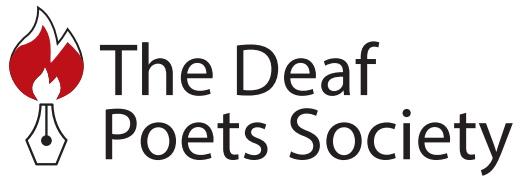Tamara Hattis
About the Artist
Tamara Hattis is a mermaid. She has a B. A. in Communicative Disorders and Creative Writing from the University of Redlands in California, where she also did her graduate work in Communicative Disorders. Her poetry has been published in The Sand Canyon Review and Ghost Town Literary Magazine. Her art has been published in Incandescent Mind and can be found at facebook.com/tamarahattisart.
artist statement
When I was seventeen, I received a diagnosis of right thoracic adolescent idiopathic scoliosis. It required major spinal surgery in which the surgeon fused twelve vertebrae (T3-L2) into solid bone to stop and correct the curvature. Less than two years later, I sprained my back below the fusion. The pain spread all over my body, from head to toe, and never left. I was eventually diagnosed with fibromyalgia, an invisible chronic pain syndrome that is still baffling to doctors and often ignored.
Water is a respite and art my salvation. Only when I’m immersed in water can I vaguely remember what I felt like when I was "normal," and glean a sensation of what it might feel like to be an able-bodied person. Because of the comfort water provides, in its many forms, from showers to pools to oceans, it is my muse. I therefore depict myself as a mermaid and integrate water into both my writing and visual art.
Another muse of mine is the surrealist artist Frida Kahlo. The parallels of our lives are uncanny, as she fractured her spine and other bones in her body in a bus accident at age eighteen. I feel we both had our ambitions and dreams shattered and had to learn to surrender to our bodies’ limitations while living through decades of debilitating pain. After Frida’s injuries, she wrote letters to her boyfriend Alejandro Gomez Arias, detailing her hopes of healing and frustrations of being bedridden for what she thought would only be three months. After some time went by, she sent a letter to Arias that simply said, "The only good thing is that I'm starting to get used to suffering." Frida and I both had to accept that suffering would be a constant part of our lives, and that we had to move on and embrace the new paths our lives would take.
I celebrate the elegant precision of the scar on my back while juxtaposing it with the resulting, chaotic, and terrifying trauma I've had to undergo. My art says, "Look at me! Look at my truth that you ignore." Like Frida, I am impassioned to not censor my imperfections and to describe my world to both disabled and able-bodied people alike. It is important to help others not feel alone, and to also tell a story that would otherwise be purposely unheard and shelved away.



